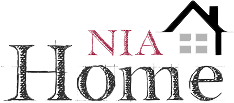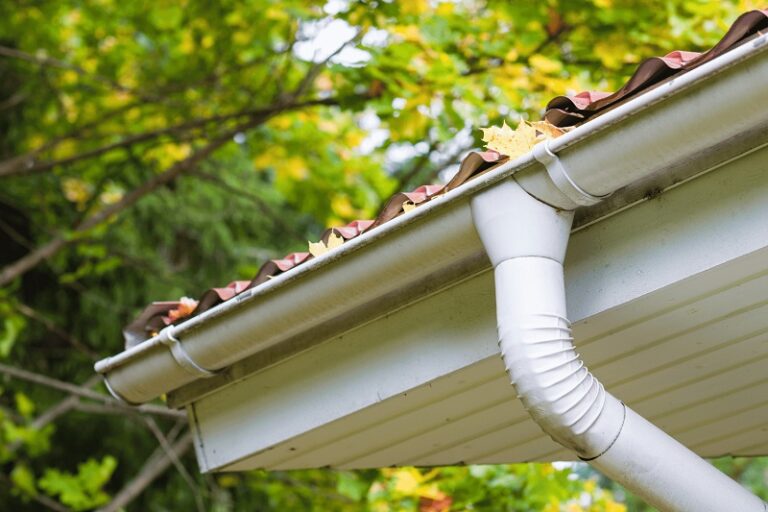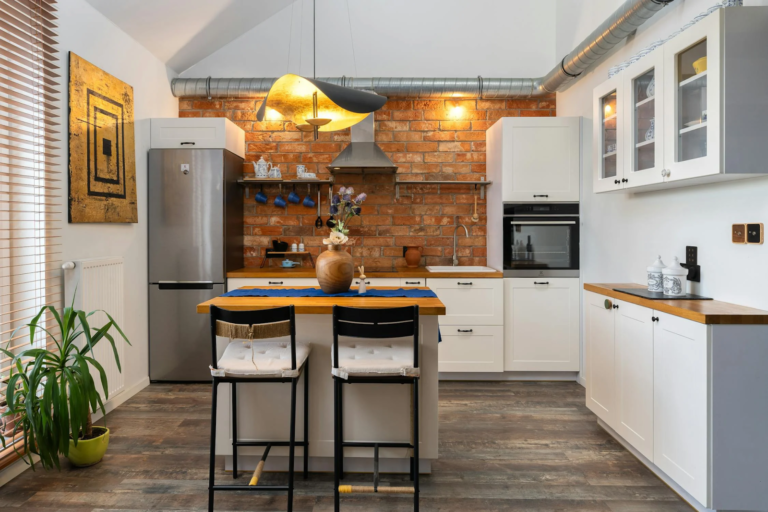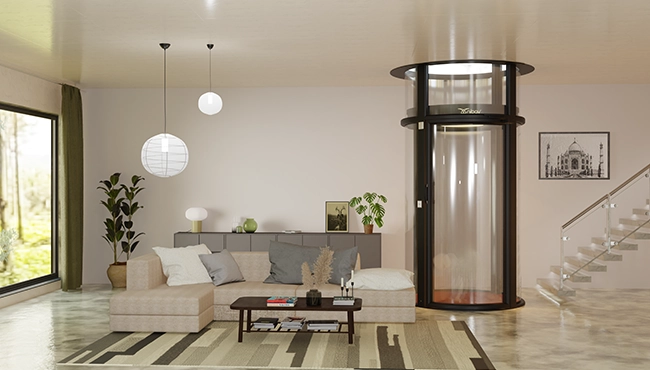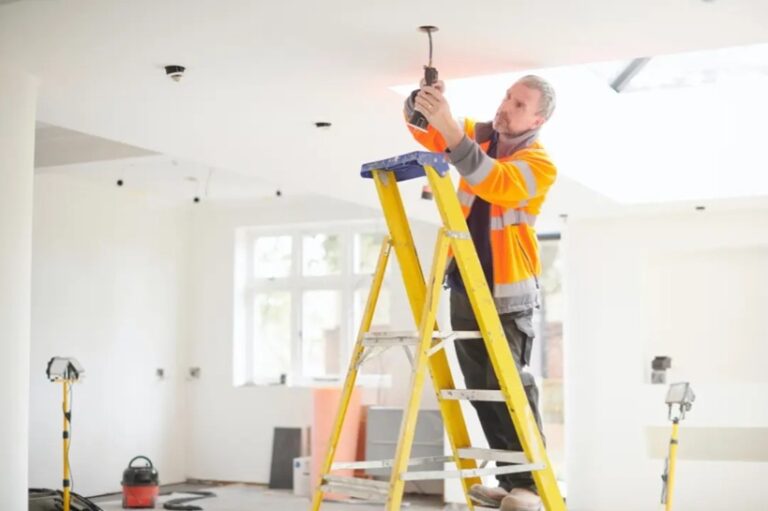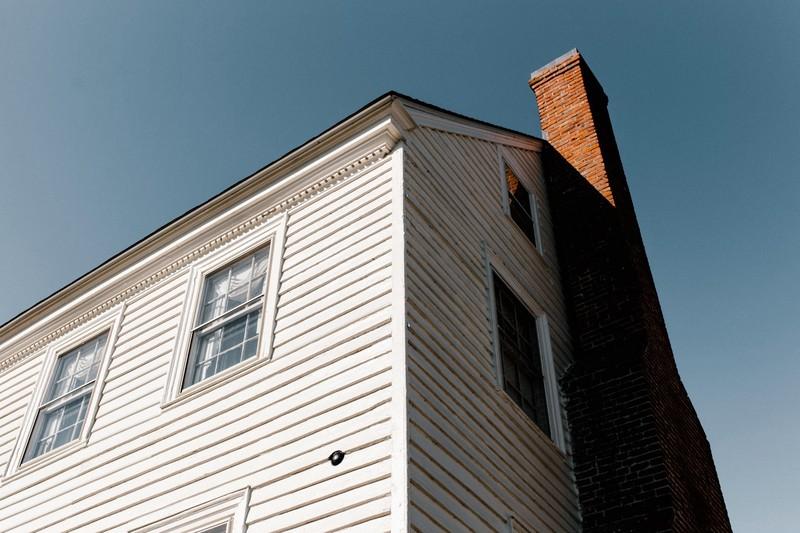
When it comes to the warmth and comfort of your home, few things compare to the cozy ambiance of a crackling fireplace. However, this idyllic scene can quickly turn into a nightmare if your chimney’s ventilation system isn’t functioning correctly. Draft problems are common culprits that disrupt the smooth flow of air, causing smoke and harmful gases to enter your home. Let’s take a closer look at these issues.
Common Draft Problems
Let’s look at some of the common draft problems that can plague your chimney and mar those picture-perfect evenings:
1. Negative Air Pressure
In the quest for energy efficiency, modern homes are designed to be airtight. While this is great for conserving energy, it can inadvertently create negative air pressure inside your home. When you operate exhaust fans, clothes dryers, or HVAC systems, they can deplete the indoor air, creating a vacuum effect. This negative air pressure can force smoke back into your living space, turning your sanctuary into a hazy mess.
To address negative air pressure, consider installing dedicated outdoor air supplies or make-up air systems.
2. Chimney Height
Another common issue that affects the chimney draft is its height. A chimney that’s too short may not create enough draft to expel smoke and gases efficiently. This problem is exacerbated during windy conditions, as gusts can disrupt the flow of air within the chimney, leading to poor ventilation.
If you find that your chimney is too short to draw air properly, it’s advisable to extend it. A taller chimney provides a better chance for the smoke and gases to rise and exit your home.
3. Blockages
Over time, your chimney can accumulate debris, creosote buildup, or even bird nests. These obstructions can severely hamper the proper airflow in your chimney, leading to draft issues. Blockages restrict the passage of smoke and gases, causing them to back up into your living space.
Professional chimney sweeps can identify and remove obstructions, ensuring that your chimney functions as intended.
4. Flue Size
The dimensions of your chimney’s flue play a pivotal role in determining the quality of ventilation. If the flue is incorrectly sized for your fireplace or stove, it can create turbulence within the chimney. This turbulence disrupts the laminar flow of air and prevents gases from rising efficiently, leading to draft problems.
Consult with chimney professionals to ensure that your chimney’s flue is the right size for your heating appliance.
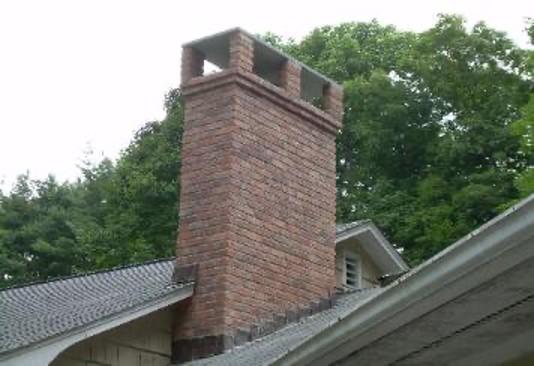
Solving Chimney Ventilation Issues
Now that we’ve explored some common draft problems, let’s delve into practical solutions that can help you maintain a well-ventilated and safe chimney system:
Regular Inspections
The importance of annual chimney inspections cannot be overstated. These inspections are essential for detecting and clearing blockages, ensuring that your chimney maintains smooth airflow. Schedule an inspection before the start of heating season so that chimney professionals can identify and address issues before they become serious problems.
Proper Chimney Height
If your chimney is too short, it may struggle to create sufficient draft, particularly in adverse weather conditions. As a result, smoke and gases may not exit your home efficiently.
Extending the height of your chimney is a viable solution to this problem. A taller chimney enhances its ability to generate draft, even during windy weather.
Flue Sizing
The size of your chimney’s flue should match the requirements of your heating appliance. An incorrectly sized flue can create turbulence, disrupting the smooth flow of air and hindering efficient ventilation. Consult with chimney professionals to assess whether your flue is appropriately sized for your fireplace or stove.
Positive Air Pressure
In homes with negative air pressure, where exhaust fans, dryers, and HVAC systems deplete indoor air, the resulting vacuum effect can force smoke back into the home. This is a common issue in modern, energy-efficient homes.
To address negative air pressure, consider installing dedicated outdoor air supplies or make-up air systems.
Chimney Caps
Chimney caps serve as protective covers for your chimney, preventing debris, animals, and rainwater from entering. Additionally, they help maintain proper airflow by preventing blockages caused by foreign objects or nesting animals.
Ensure your chimney is fitted with a high-quality chimney cap with an appropriate mesh size to keep debris and animals out.
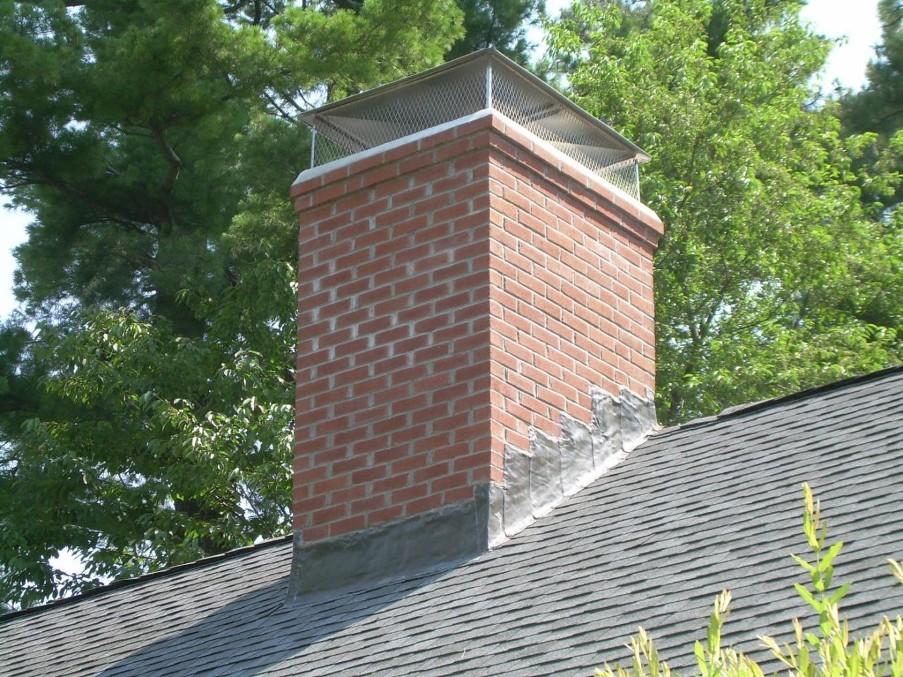
Regular Cleaning
Creosote buildup is a natural byproduct of burning wood, and over time, it can accumulate in your chimney. This buildup not only poses a fire hazard but can also obstruct airflow, leading to draft problems. Schedule professional chimney sweeps to clean your chimney and remove creosote deposits.
Creative Masonry and Chimney: Your Chimney Experts
In the picturesque towns of Hartford, Windsor, Sharon, Torrington, Litchfield, and Manchester, Creative Masonry and Chimney stand as the guardians of your hearth. With years of experience and a dedication to safety, their expert team provides comprehensive chimney services, including inspections, chimney cleaning Manchester CT, chimney repair South Windsor CT, and rebuilding.
Contact them today for all your chimney needs. Their professional and friendly team is ready to assist you.
